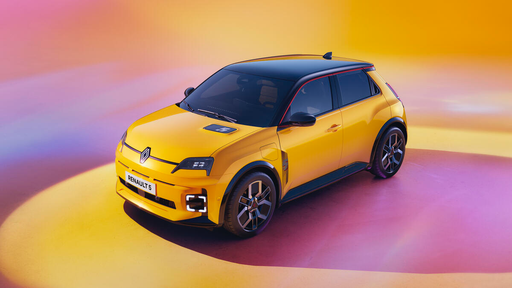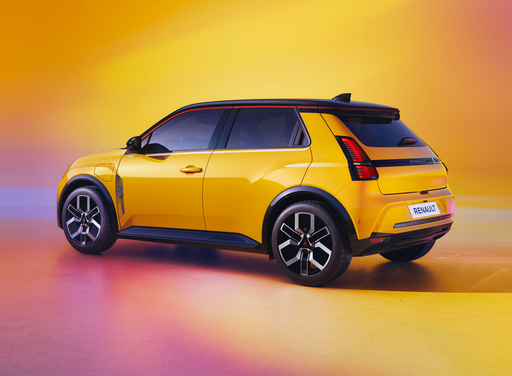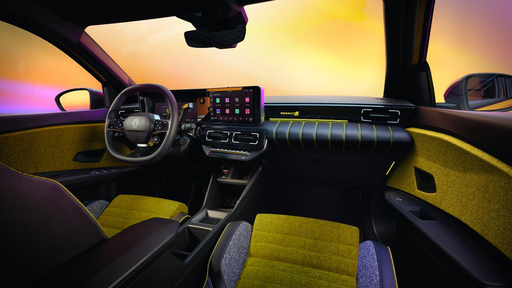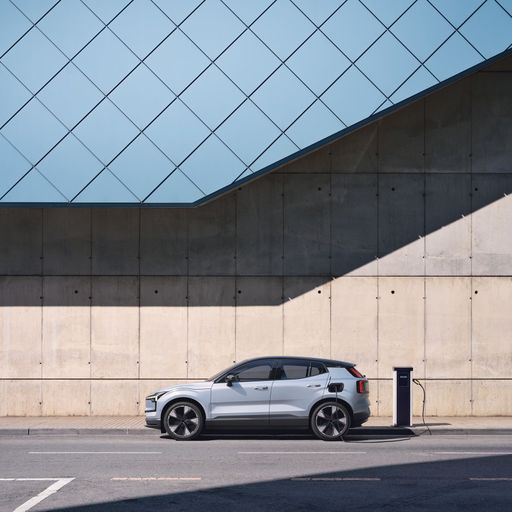City charmer vs Nordic minimalist
The Renault R5 arrives with a wink and a nod, a retro-inspired city sprite that trades pretension for personality, while the Volvo EX30 wears Scandinavian restraint like a tailored jacket — minimalist, confident and quietly premium. One feels made for bustling streets and playful commutes, the other aims to reassure on longer runs with an air of thoughtful engineering. Both stake out distinct territories in the compact electric world, so your mood and priorities will decide which vibe wins you over.








